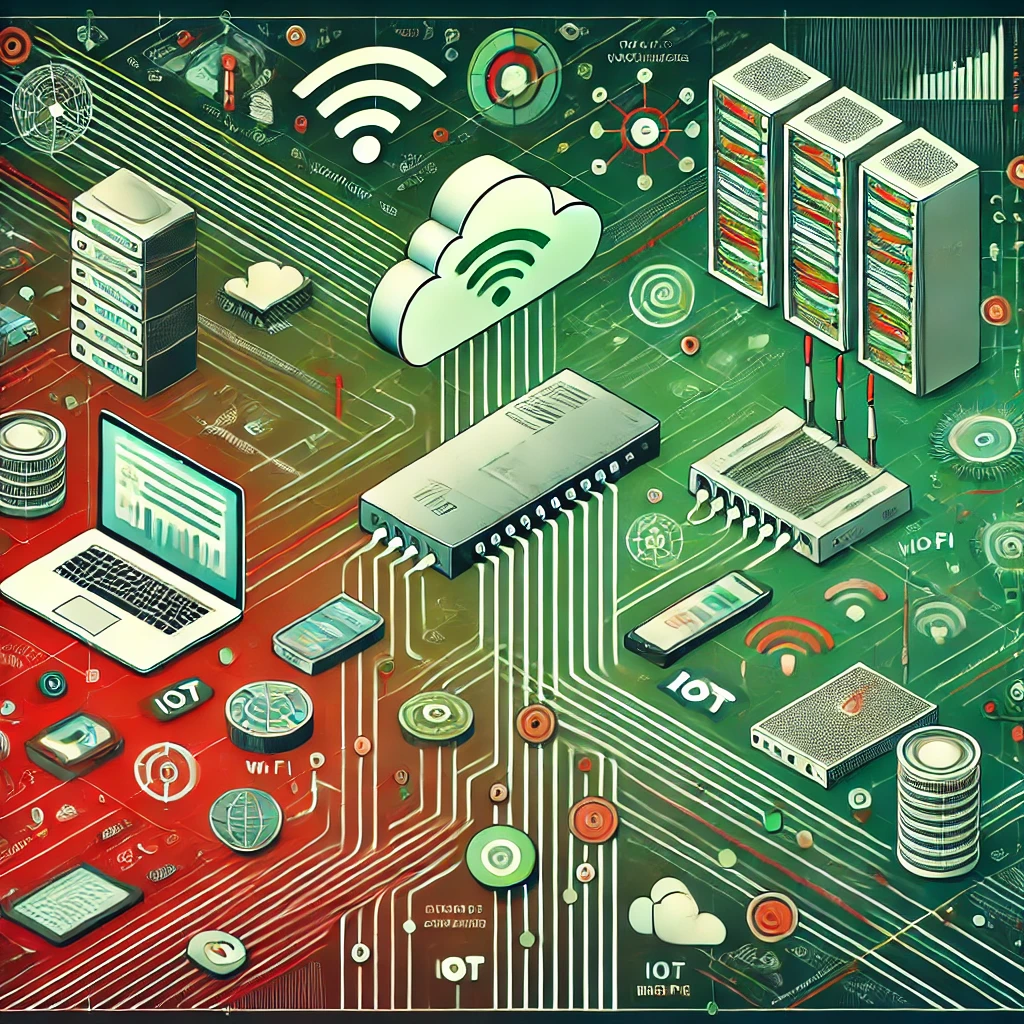Communication Protocols Overview: A Comprehensive Guide to Modern Data Exchange

Categories:
4 minute read
In today’s interconnected digital world, communication protocols serve as the invisible backbone that enables seamless data exchange between devices, applications, and networks. Understanding these protocols is crucial for anyone working in technology, from network administrators to software developers. This comprehensive guide will explore the most important communication protocols, their purposes, and how they work together to power our connected world.
What Are Communication Protocols?
Communication protocols are standardized rules and procedures that govern how data is transmitted between electronic devices. Think of them as the “language” that different devices use to communicate with each other. Just as humans need a common language to understand each other, devices need protocols to ensure reliable and efficient data exchange.
The OSI Model: A Framework for Understanding Protocols
Before diving into specific protocols, it’s essential to understand the OSI (Open Systems Interconnection) model. This seven-layer framework helps organize and categorize different protocols based on their functions:
Physical Layer
Data Link Layer
Network Layer
Transport Layer
Session Layer
Presentation Layer
Application Layer Each layer serves a specific purpose, and protocols operate within one or more of these layers to ensure smooth communication.
Key Network Protocols
TCP/IP (Transmission Control Protocol/Internet Protocol)
The foundation of modern internet communications, TCP/IP is a suite of protocols working together. TCP ensures reliable data delivery by:
Breaking data into smaller packets
Tracking packet delivery
Requesting retransmission of lost packets
Maintaining packet order IP, on the other hand, handles addressing and routing, ensuring data packets reach their intended destination across networks.
HTTP/HTTPS (Hypertext Transfer Protocol)
HTTP is the protocol that powers the web, enabling communication between web browsers and servers. Key features include:
Request-response model
Stateless communication
Support for various data types
Method definitions (GET, POST, PUT, DELETE) HTTPS adds a security layer through encryption, protecting sensitive data during transmission.
Industrial and IoT Protocols
MQTT (Message Queuing Telemetry Transport)
Designed for IoT devices and machine-to-machine communication, MQTT excels in environments with:
Limited bandwidth
High latency
Unreliable networks
Small code footprints Its publish-subscribe model makes it ideal for sensor networks and remote monitoring applications.
Modbus
A veteran of industrial communications, Modbus remains widely used in manufacturing and automation. Benefits include:
Simple implementation
Open standard
Robust performance
Wide device support
Wireless Communication Protocols
Wi-Fi (IEEE 802.11)
The ubiquitous wireless networking standard continues to evolve with new versions offering:
Increased speeds
Better range
Improved security
Enhanced device support Bluetooth
Perfect for short-range wireless communication, Bluetooth has found numerous applications in:
Personal electronics
Healthcare devices
Automotive systems
Smart home products The newer Bluetooth Low Energy (BLE) standard has become particularly important for IoT applications.
Security Protocols
SSL/TLS (Secure Sockets Layer/Transport Layer Security)
These protocols provide security through:
Data encryption
Authentication
Integrity checking
Perfect forward secrecy Modern TLS versions have largely replaced SSL, though the terms are often used interchangeably.
SSH (Secure Shell)
Essential for secure remote system administration, SSH offers:
Encrypted command-line access
Secure file transfers
Port forwarding
Key-based authentication
Emerging Protocol Trends
WebSocket
Enabling real-time, bi-directional communication between web clients and servers, WebSocket is crucial for:
Live chat applications
Gaming platforms
Financial trading systems
Real-time dashboards gRPC
Developed by Google, gRPC is gaining popularity for microservices architecture due to its:
High performance
Strong typing
Code generation capabilities
Cross-platform support
Streaming support
Best Practices for Protocol Implementation
When implementing communication protocols, consider these key factors:
Security First: Always prioritize security considerations and use encrypted protocols when handling sensitive data.
Performance Optimization: Choose protocols that match your performance requirements and network conditions.
Scalability: Ensure your chosen protocols can handle growing data volumes and user numbers.
Compatibility: Consider backward compatibility and industry standards when selecting protocols.
Monitoring: Implement proper monitoring and logging to track protocol performance and issues.
The Future of Communication Protocols
As technology continues to evolve, we’re seeing new trends in protocol development:
Increased focus on security and privacy
Better support for real-time communications
Lower latency for edge computing
Enhanced efficiency for IoT applications
Improved support for cloud-native architectures
Conclusion
Understanding communication protocols is essential for anyone working with networked systems. While the landscape of protocols continues to evolve, the fundamental principles remain constant: ensuring reliable, efficient, and secure data exchange between systems.
As we move forward, new protocols will emerge to address evolving technological needs, while existing ones will adapt and improve. Staying informed about these developments is crucial for making informed decisions about which protocols to implement in your systems and applications.
Whether you’re developing IoT devices, building web applications, or managing industrial systems, choosing the right protocols can make the difference between a system that merely works and one that excels in performance, security, and reliability.
Feedback
Was this page helpful?
Glad to hear it! Please tell us how we can improve.
Sorry to hear that. Please tell us how we can improve.